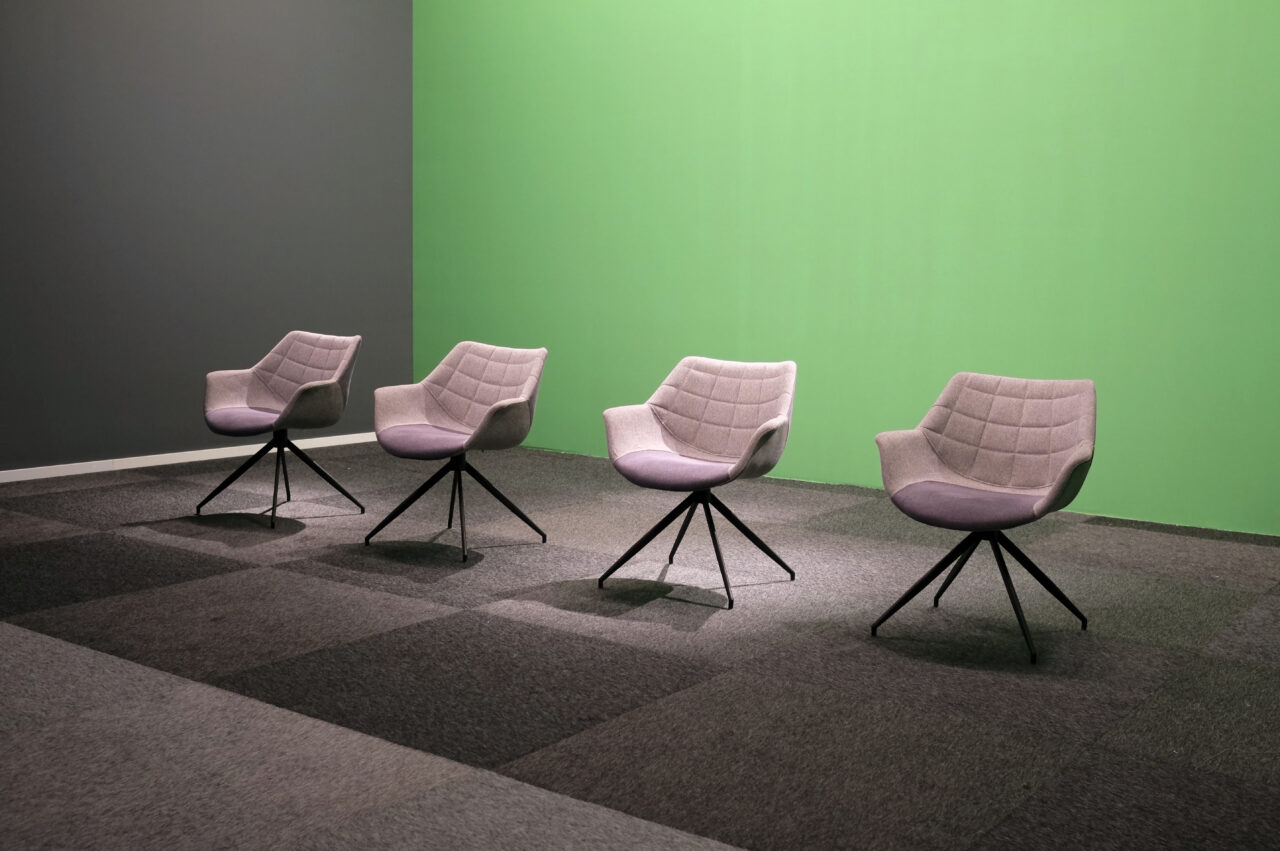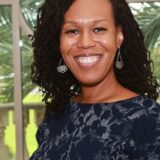
 Recently, many bar associations and other membership organizations have required that any panel discussion or presentations have diversity among its speakers. This move reflected a desire to make real progress in diversity, equity and inclusion (DEI) work within the legal profession. Several organizations, including the ABA (American Bar Association), decided to adopt this stance as a formal policy.
Recently, many bar associations and other membership organizations have required that any panel discussion or presentations have diversity among its speakers. This move reflected a desire to make real progress in diversity, equity and inclusion (DEI) work within the legal profession. Several organizations, including the ABA (American Bar Association), decided to adopt this stance as a formal policy.
Interestingly enough, in the face of these efforts, the Florida Supreme Court, in an opinion released April 15, 2021, prevents The Florida Bar from accrediting continuing legal education (CLE) programs by organizations with diversity “quotas” in their CLE panels. The order prohibits The Florida Bar from approving any CLE program from a sponsor using “quotas based on race, ethnicity, gender, religion, national origin, disability or sexual orientation in the selection of course faculty or participants.” In particular, the order invalidated The Florida Bar’s Business Law Section’s diversity policy.
The ABA took issue with the opinion since its ABA CLE Diversity and Inclusion Policy mirrored that of the Business Law Section. The ABA chimed in on the Opinion and explained that the ABA CLE Diversity and Inclusion Policy is “one of inclusion, not exclusion.” The ABA was seriously concerned since the effect of this order was to bar CLEs that were planned and scheduled but had not yet been approved. The Florida Supreme Court has since revisited the issue, doubled down on its “quota” analysis, and extended the date to enforce its new policy.
The Opinion equates the diversity mandates with “race quotas,” which were deemed unconstitutional by the U.S. Supreme Court. The Opinion states that “[q]uotas based on characteristics like the ones in this policy are antithetical to basic American principles of nondiscrimination.” This is a very strong statement against these policies, although the Court recognized that the end goals were to eliminate bias, increase diversity, and retain and recruit diverse attorneys.
Whether you agree with the Court’s opinion or reasoning, the reality remains that organizations providing CLE services to members of The Florida Bar cannot have these mandates as part of their policies. One should not underestimate the impact of this new ruling. The Florida Supreme Court issued this opinion on its own motion, i.e., no one formally complained about the policy. So why did it suddenly feel the need to address this issue when so many important issues come before it? Further, The Florida Bar is a mandatory membership organization for all attorneys practicing in Florida, and CLE is required on an annual basis to maintain one’s license. Thus, this ruling impacts everyone who holds a law license in Florida, including elected officials, judges, prosecutors, civil law attorneys, and in-house attorneys.
But as a profession, we can, and must, still ensure diversity, equity, and inclusion remain a priority in all of our work. Lawyers need to lead the way in these efforts, as there has been a concerted effort to thwart the progress made in DEI work in the legal profession, government, and education. Many of our lawmakers in all three branches of the local, state, and federal governments are lawyers. They are trained in the law and have an oversized impact on our society and culture. As such, I implore all lawyers, attorneys, and others trained in the law to take Charles Hamilton Houston’s quote to heart-
“A lawyer’s either a social engineer or … a parasite on society … A social engineer [is] a highly-skilled, perceptive, sensitive lawyer who [understands] the Constitution of the United States and [knows] how to explore its uses in the solving of problems of local communities and in bettering conditions of the underprivileged citizens.”
Although I am very troubled by this move from the Florida Supreme Court for many reasons, I am not one to dwell on a problem without providing some solutions. So, the remainder of this article provides some strategies I have used successfully to create diverse panels for lawyers, law students, and events that serve to educate the general public.
I have always found it fascinating to hear organizers for events, including panel discussions and presentations, lament that they just could not find any “diverse” speakers. Really? It certainly takes some effort. And it may require some time to think outside the box, particularly if your “box” is very homogenous. But it is very possible.
I make a concerted effort to interact with people of different ages, races, colors, religions, and nationalities. I join and attend events from different local affinity bars based on race, religion, ethnicity, culture, gender, etc. I get to know my students and attend young lawyers’ division events and senior counsel events. I chat with the janitor, the security guard, judges, and presidents of organizations. Thus, I always have a long list of people to turn to when seeking potential speakers for an event. This is the effort it takes to truly create a diverse and inclusive network.

Here are some simple steps to create a diverse panel of speakers:
Start with the end in mind.
Your first goal should be to have a diverse set of speakers. Many organizers start with other goals that are sometimes frankly arbitrary. For example, I’ve heard the following priorities declared when suggesting that they seek more diverse speakers (and my response to each): I want all local speakers (if the speaker is willing to appear for free and has local ties, why should you not consider them?), I want speakers with at least 10 years of experience at major law firms (what about those who have less legal experience but more experience in the industry or have accomplished a lot in a short amount of time?), I want my friends on the panel (sure that is the lowest hanging fruit, but do your friends reflect the industry and community?), and I want only judges because they attract big crowds (yes, they do, how about a mix of judges and practitioners to have two perspectives?).
Those are all great categories, but by default, they will limit the diversity on the panel. As you can see, there are alternative arguments to counteract making these assertions the sole priority. Instead, start by establishing that diversity and inclusion are priorities. And then, you can include other preferences as mentioned above.
Reach out to affinity organizations
Every time I plan a speaking engagement, I reach out to all organizations I interact with. In Tampa Bay, where I reside and work, the affinity bar associations include the George Edgecomb Bar Association (GEBA), Tampa Hispanic Bar Association (THBA), Asian Pacific American Bar Association for Tampa Bay (APABA), The American Muslim Bar Association (AMBA), Hillsborough Association for Women Lawyers (HAWL), the Tampa Bay Chapter of the Federal Bar Association (FBA), the Tampa Lawyer Chapter of the American Constitution Society (ACS), and the Hillsborough County Bar Association (HCBA).
I send a simple email to the organization’s leaders indicating that I am planning an event regarding a specific topic (i.e., my most recent topic was voting rights). I include important details such as the date, topic, and my specific desire to have a diverse panel of practitioners from different backgrounds in the email. Then I make a simple ask — who can you refer from your organization that is a good fit? Every time I send such an email, I get a great response.
Make sure you reach out to all of your networks and intentionally seek a diverse panel. The language I typically use is “The committee seeks a panelist to discuss [insert subject here] and wants to ensure we have a panel that highlights the diversity of our profession and is equitable and inclusive. Please let me know if anyone within your organization is interested. In speaking.”
Use photographs
When promoting your event, you want to send the explicit and implicit message that the event is meant to be inclusive. What better way than to include headshots of your speakers. They say a picture is worth a thousand words, so let the headshots send the message. It also helps to remind attendees that there are diverse people capable of discussing these topics, so if they seek speakers for their events, they have a lead on potential speakers. It also helps to highlight those speakers and give them some marketing, particularly since they volunteer to speak at your event.
Suppose for some reason, your speakers do not have professional headshots available (which is common for government employees). In that case, there are lots of great copyright-free photos you can use to promote your event. You can use these stock photos to reflect your panel’s diversity or send a message of diversity and inclusion through other artistic means. Check out Pixabay.com for free photos available for commercial use.
I recently joined a committee on which I had never worked. Frankly, I went in with an agenda to promote diversity and inclusion in every aspect of the event planning. I encouraged a committee member to consider a different speaker for a major speaking time slot. I at least wanted to find a way to incorporate her into the event since she was a woman of color with the same expertise as the usually chosen speaker. I heard her speak at another event; she was engaging, personable, and interesting. The chosen speaker was very smart and well-spoken but had done the event for several years. Now that there were women of color who had the same expertise in our local community, why not make it a panel instead of a solo presentation? Or make it a conversation or debate between the two speakers? Alas, I was wholly rejected and disappointed at the unwillingness even to consider an alternative approach. But I vow to continue to make these suggestions in every committee I join because DEI work is intentional.
Diversity is a verb, and it takes action.
So, we must not only commit to the theories of diversity, equity, and inclusion but speak out on their behalf and offer real opportunities to practice them in every space we enter.
Although The Florida Bar does not permit policies mandating diversity on panel discussions seeking CLE credit, there’s no reason you can’t still ensure that diversity and inclusion prevail in your organization’s work. It takes some effort and practice, but it is worth it.
___
Joseline Jean-Louis Hardrick is an associate professor at WMU-Thomas M. Cooley Law School. She teaches Criminal Law and Constitutional Law and assists graduates with bar preparation. She is the founder and director of Diversity Access Pipeline. Inc., a nonprofit organization that runs the Journey to Esquire® Scholarship & Leadership Program, blog, and podcast to promote diversity and create access for law students. She is the author of Finding Joy in the Journey to Esquire A Guide to RENEWAL for Lawyers and Law students and Bar Exam BEAST MODE — Maximize Your Mindset to Beat the Bar! as well as several children books celebrating diversity and encouraging mindfulness in children.


